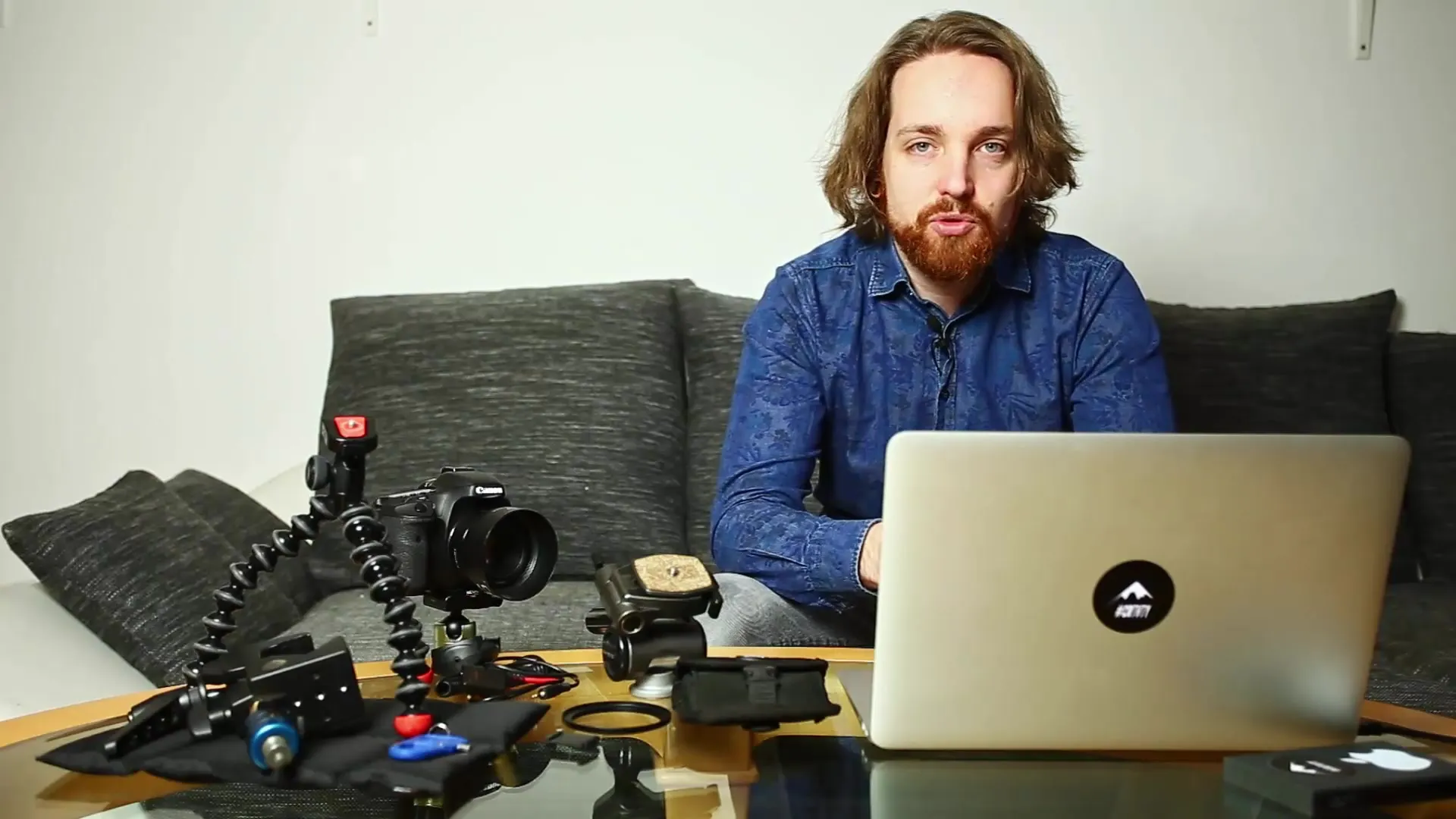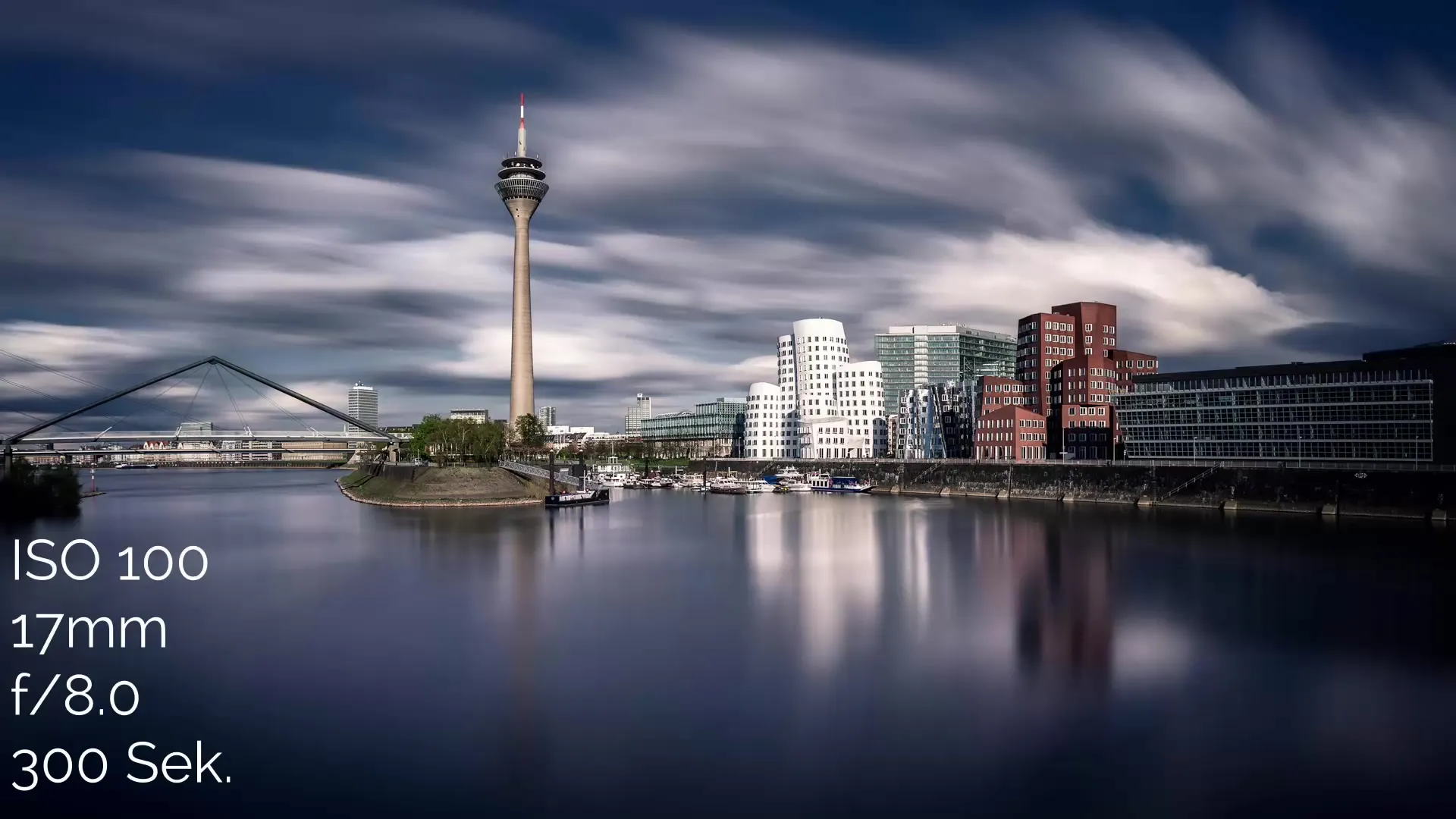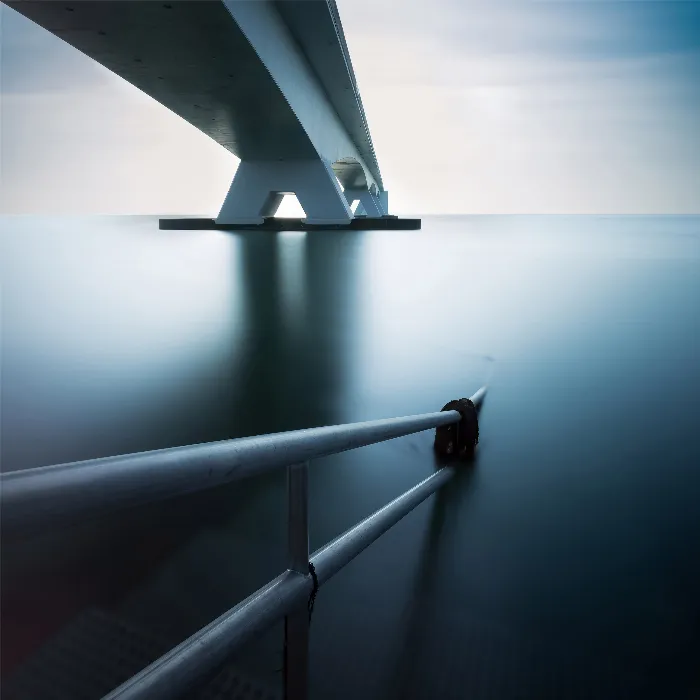Photography offers countless possibilities to capture moments and scenes in various ways. Particularly impressive are long exposures, which can show not only time and movement but also emotions in a single image. In today's tutorial, we will focus on a specific effect: “letting clouds move.” This technique gives your photo dynamics and allows the viewer to feel the passage of time. We will look at two examples and explore step by step how you can implement this fascinating effect yourself.
Key insights
- Long exposures transform static scenes into dynamic images.
- Clouds appear as softer and more fluid structures in long exposures.
- A solid compositional concept that combines static objects with moving clouds creates tension and interest.
Step-by-step guide
Overview of long exposures
Long exposures are particularly suitable for scenarios where movement plays a role. While you are probably already familiar with the typical applications of long exposures, such as smoothing water surfaces, in this tutorial, you will also discover less commonly mentioned but still effective areas of application.
The importance of clouds in photography
Clouds provide a solid foundation for impressive long exposures, as they can visually represent the dynamics of the sky. This technique allows the clouds to move in your images, creating a sense of temporal dynamism. Let’s look at the first example I captured in Groningen, Netherlands.

Example 1: Groningen
This image has an exposure time set to 30 seconds. It was taken at ISO 100, aperture 8, and a focal length of 23 mm. The 30 seconds create a soft, smooth effect on the water and show a slight blur of the clouds.

This blurriness already gives the image a certain dynamism. The special aspect of this type of photography is the combination of stationary objects and the moving sky, which adds additional tension to the image.
Example 2: Media Harbour in Düsseldorf
In contrast to the first image, which used an exposure time of 30 seconds, I chose an exposure time of 300 seconds, or 5 minutes, in Düsseldorf. This allows the clouds to appear much more fluid and dynamic.

With this shooting technique, you can see that the clouds on the left edge of the image are heavily blurred, while cloud structures on the right side are still clearly discernible. This is because the clouds were moving slowly that day, which required a long exposure time to accurately depict the motion.
These two examples illustrate impressively how long exposures can be used in architectural and landscape photography to achieve a fascinating visual effect.
Composition concept
The key to a successful long exposure focused on letting clouds move lies in the compositional concept. Aim to juxtapose stationary objects, such as old buildings or landscapes, with a dynamic sky. This not only creates tension but also conveys the sense of time passing.
Summary – Long exposures from A to Z: Letting clouds move
By using long exposure, you can achieve spectacular effects with relatively simple means. The combination of static subjects and dynamic clouds creates a unique visual experience in your images. Pay attention to the exposure time and surrounding conditions to achieve the best results. With the right settings and a clear compositional concept, you can make time palpable in your photos.
Frequently asked questions
What is long exposure?Long exposure is a photography method where the exposure time is set for a longer period to represent motion.
What equipment do I need for long exposures?You need a camera with manual settings, a tripod, and possibly an ND filter to extend the exposure time.
How long should the exposure time be to let clouds move?An exposure time of at least 30 seconds is recommended, while 5 minutes can create more intense effects.
Can I also take long exposures in daylight?Yes, long exposures in daylight are possible, but ND filters are helpful for reducing brightness.
Are long exposures suitable for beginners?Yes, beginners can also experiment with long exposures, but it requires some practice and a basic understanding of camera settings.


